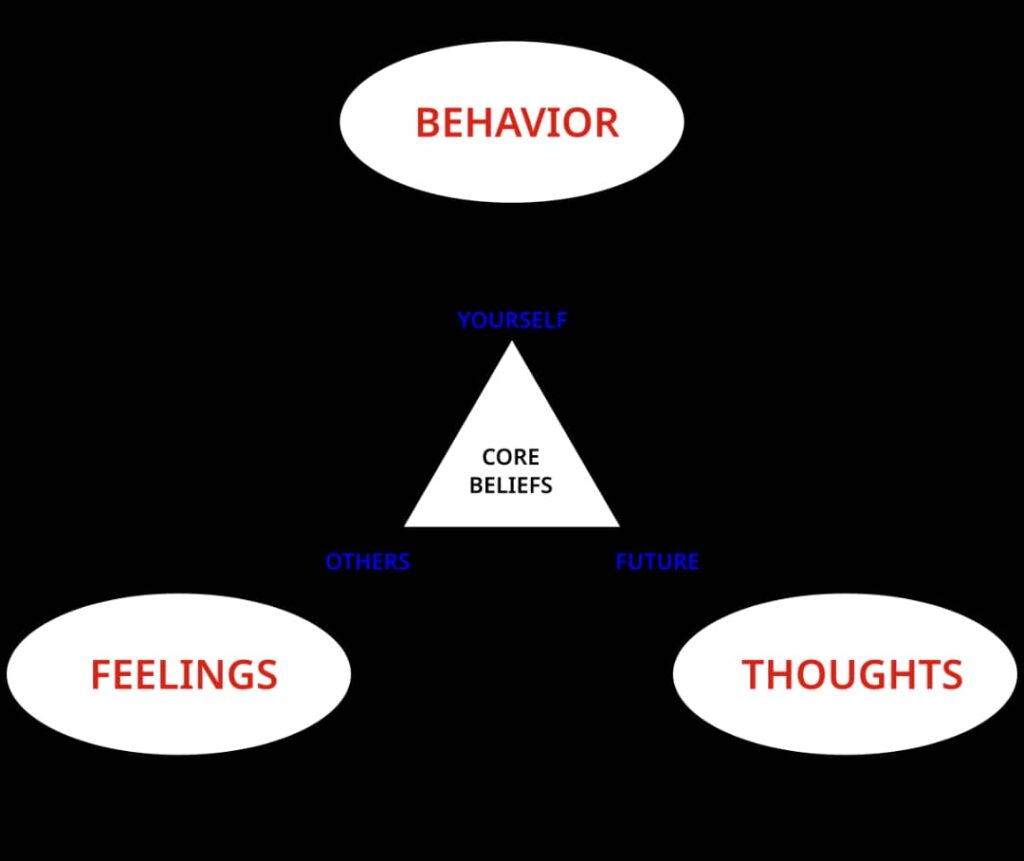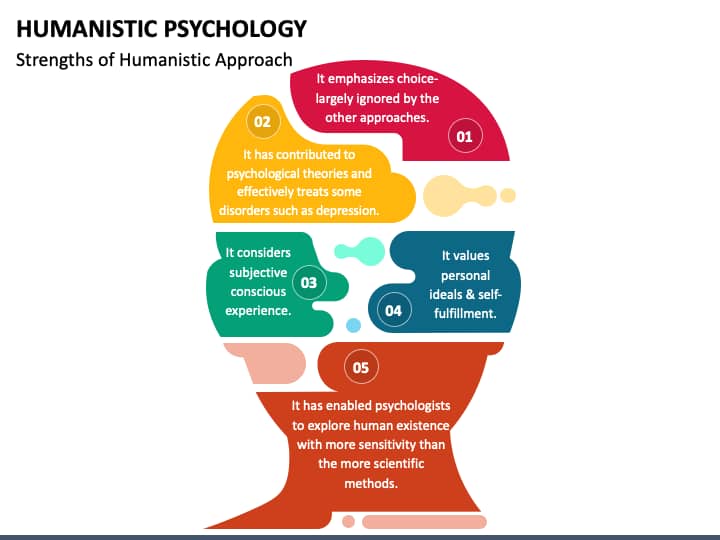It is powerful knowing you have a therapist who genuinely sees you not as a diagnosis or a set of problems to fix, but as a whole, complex human being. That is the essence of humanistic therapy, a deeply personal approach to mental health that prioritizes self-discovery, growth, and the belief that every person has the capacity to heal. Humanistic therapy focuses on self-growth and personal empowerment, offering a compassionate alternative to traditional mental health treatment let us explore how it works.
If you have ever been in therapy that felt overly clinical like you were being analyzed rather than understood you will appreciate the warmth of humanistic therapy. Developed by psychologists like Carl Rogers and Abraham Maslow as a response to the rigid structures of psychoanalysis and behaviorism, this approach flips the script. Instead of focusing on what is wrong with you, it helps you uncover what is right, your strengths, your potential, and your ability to shape your own life. I remember my first experience with a humanistic therapist. Instead of rapid-fire questions or textbook techniques, they simply asked, How do you feel about that? and actually waited for my answer. That simple shift being given space to process my emotions without judgment made all the difference.

What makes humanistic therapy so unique? It all comes down to trusting the therapist’s trust in you, While other approaches might view the therapist as the expert with all the answers, humanistic therapy believes you are the expert of your own life. The therapist’s role? To walk alongside you, offering support, empathy, and unwavering acceptance.
Rogers called this unconditional positive regard a fancy term for saying, You are worthy, no matter what.Combine that with deep empathy the therapist truly stepping into your shoes and congruence therapist authenticity, and you have a recipe for real, lasting change.

If you are dealing with anxiety, depression, low self-esteem, or even just feeling stuck in life, humanistic therapy can help. It is especially powerful for those who feel disconnected from themselves maybe after years of people-pleasing, burnout, or societal pressures telling them who they should be.
Research backs this up, too. Studies show that the quality of the therapist-client relationship, a cornerstone of humanistic therapy, is one of the biggest predictors of success in therapy.
And because it is adaptable, therapists today incorporate cultural sensitivity, trauma-informed care, and even neuroscience to make it more inclusive and effective. While some therapies dig deep into childhood or past trauma, humanistic therapy emphasizes the *present moment*. Sure, the past matters, but what about right now? How are you feeling today? What thoughts are weighing on you? This mindfulness-based approach helps you develop self-awareness in real time, making it easier to navigate daily challenges.
One of the most transformative aspects of humanistic therapy is how it reshapes your relationship with yourself. So many of us walk around with an inner critic that constantly whispers, You’re not good enough. Humanistic therapy challenges that narrative by helping you cultivate self-acceptance not in a superficial positive vibes only way, but through genuine self-understanding.
I once worked with a client who spent years believing they were too emotional” until humanistic therapy helped them reframe that as deeply feeling a strength, not a flaw. That shift did not happen overnight, but through consistent, nonjudgmental exploration, they began to see themselves with more compassion. That is the magic of this approach: it does not force change, but creates the conditions where change becomes possible. As mental health care evolves, humanistic therapy remains a beacon of compassion in an often impersonal system. In a world that values quick fixes, it reminds us that healing is not just about eliminating symptoms, it is about rediscovering who you are and what makes life meaningful.
If you have ever felt like traditional therapy missed the mark, maybe it is time to try something different. Something more human.
References
Rogers, C. R. (1961). On Becoming a Person: A Therapist’s View of Psychotherapy. Houghton Mifflin.
Cooper, M., Schmid, P. F., O’Hara, M., & Bohart, A. C. (Eds.). (2013). The Handbook of Person‑Centred Psychotherapy and Counselling. Palgrave Macmillan.
Elliott, R., et al. (2013). Person‑centered/experiential psychotherapy for anxiety difficulties: Theory, research and practice. Person‑Centered & Experiential Psychotherapies, 12(1), 16–32.
American Psychological Association. (2021). Humanistic Psychology. APA.org.

